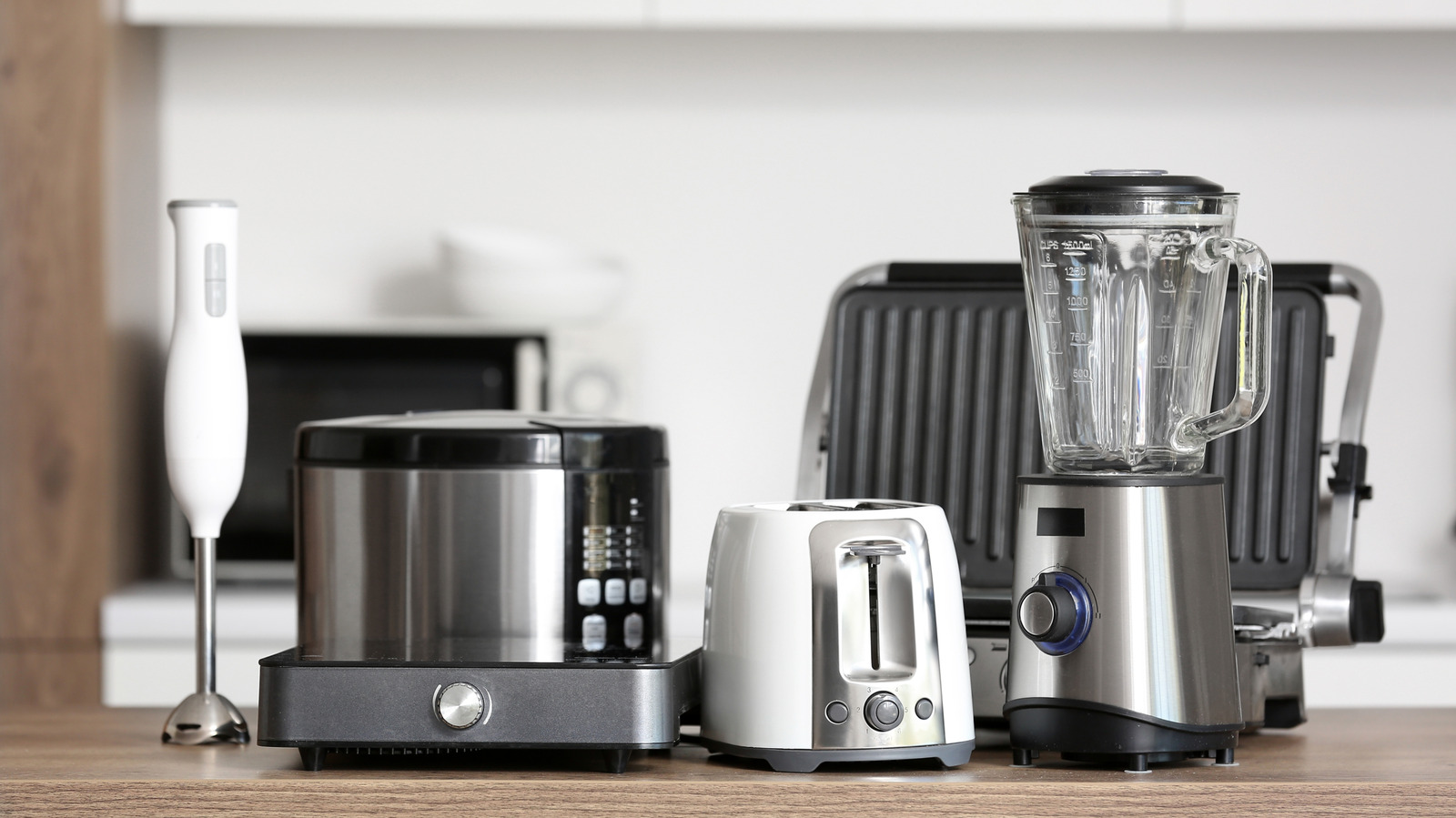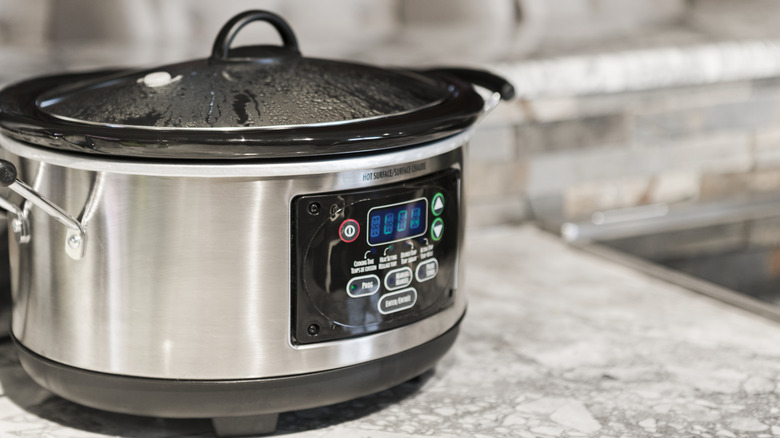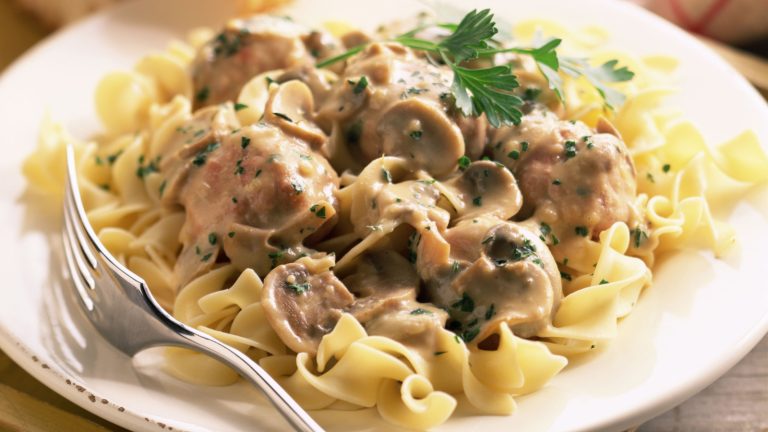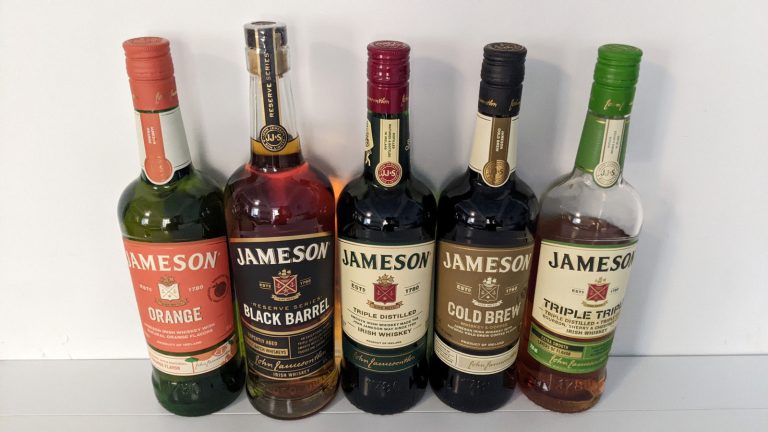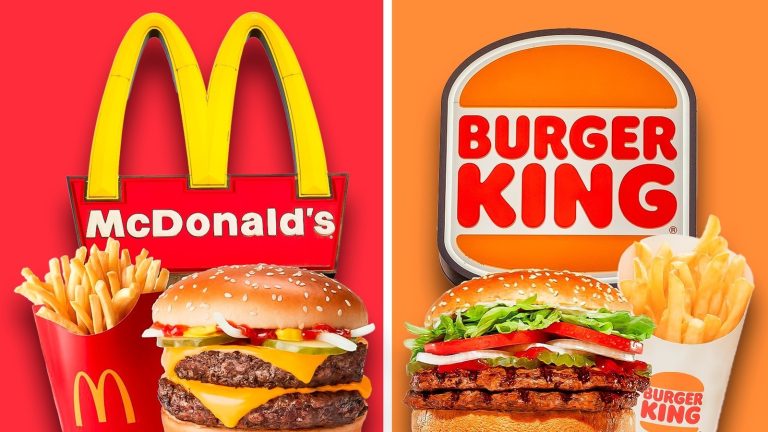On the surface, the best slow cookers seem great. You dump a bunch of ingredients into a single receptacle, turn a knob to a designated preset, put the lid on top, and you’re good to walk away for a few hours and come back to a complete meal. But if we’re being honest, the slow cooker, or Crock Pot (since it’s like the Kleenex of slow cookers), is pretty overrated, and there are quite a few reasons why. Despite their dependability and reputation as a set-it-and-forget-it solution for busy people who can’t always cook a meal from scratch every night, you should be aware of certain safety concerns if you want to use your slow cooker properly.
First off, it may sound surprising, but unattended equipment is the leading cause of home cooking fires in the U.S., according to the National Fire Protection Association. While small appliances like slow cookers account for only a small percentage of home fires, it’s essential to note that leaving your device unattended is not the wisest idea, and that undermines the appliance’s long-held feature as a convenient way to cook dinner while you’re away. Secondly, many slow cookers have an internal bowl with a non-stick surface or ceramic glaze, and certain appliances, particularly older ones or used models from garage sales and those handed down from family, may leach traces of lead or forever chemicals known as per- and polyfluoroalkyl substances (PFAS) into your food. Thankfully, more companies are becoming aware of the dangers of non-stick coatings, and slow cookers are being produced with stainless steel and other, less-toxic internal liners.
What else can a slow cooker not do?
So, admittedly, slow cookers can produce simple and tasty meals from recipes well-suited for their use. You can put a cheaper, tougher cut of beef in the slow cooker and have a result that’s fit for family dinner, but the slow cooker’s even and slow-cooking method does take a bit out of the science of producing great flavors. For example, you can absolutely put together a St. Patrick’s Day meal in a Crock Pot by throwing in corned beef, carrots, spices, potatoes, and so on. But to produce the best flavors from the corned beef, or any meat, you’ll need to sear it. This is the Maillard reaction. It’s the act of browning that produces the flavors that elevate your good cooking to great cooking, and a slow cooker can’t provide that sear. In fact, there are so many mistakes with slow cookers that are holding back their recipes; the supposed ease of use might in itself be a mark against slow cookers. You should be paying attention to recipes, the size of slow cooker a recipe calls for, and more.
Ultimately, your all-in-one slow-cooking gadget may seem like a great deal, but many of the same recipes can be made in a cast-iron Dutch oven, which will also have the natural hot spots that some chefs want to avoid but can be utilized to create that Maillard reaction you need. Want to cook down beans? Use a Dutch oven or even a pressure cooker. Want to make beef stew? Make sure to sear the meat and then slow-cook it in your Dutch oven. A slow cooker is great for certain situations, but it’s not a miracle meal maker.


